Himalayan Adventure: Best Treks for Female Solo Travelers.
Trekking solo in the Himalayas can be an exhilarating and liberating experience for any adventure enthusiast, but for female travelers, it can be daunting. However, with proper planning, preparation, and guidance, women can safely and confidently embark on solo treks in the Himalayas. In this article, we provide some expert tips for female solo trekkers in the Himalayas.
Choose the Right Trek:
Choose a trek that suits your level of fitness and experience. Don’t attempt a difficult or high-altitude trek if you’re not experienced enough. Research the route thoroughly and be familiar with the weather and terrain conditions.
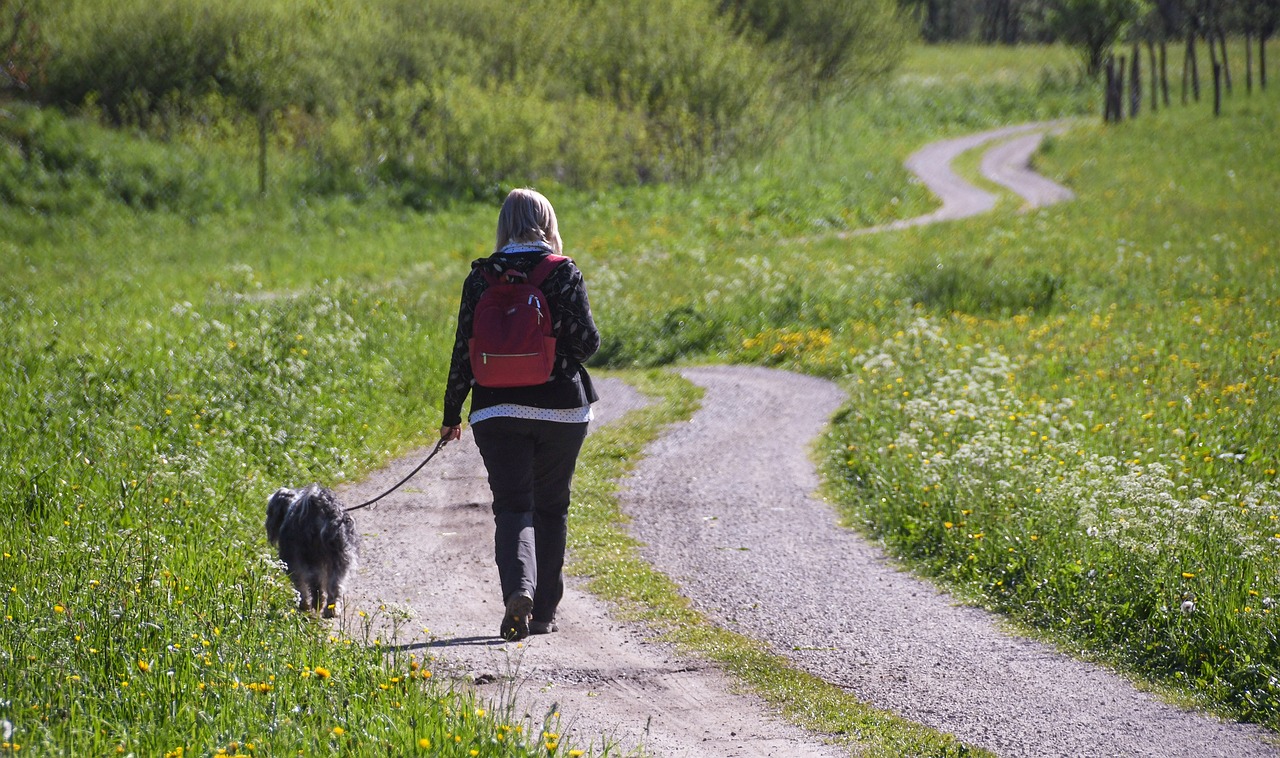
Pack Light:
Pack light and carry only the essentials. A backpack weighing more than 15-20% of your body weight can slow you down and cause fatigue. Pack warm clothes, comfortable trekking shoes, a first-aid kit, and a good quality sleeping bag.
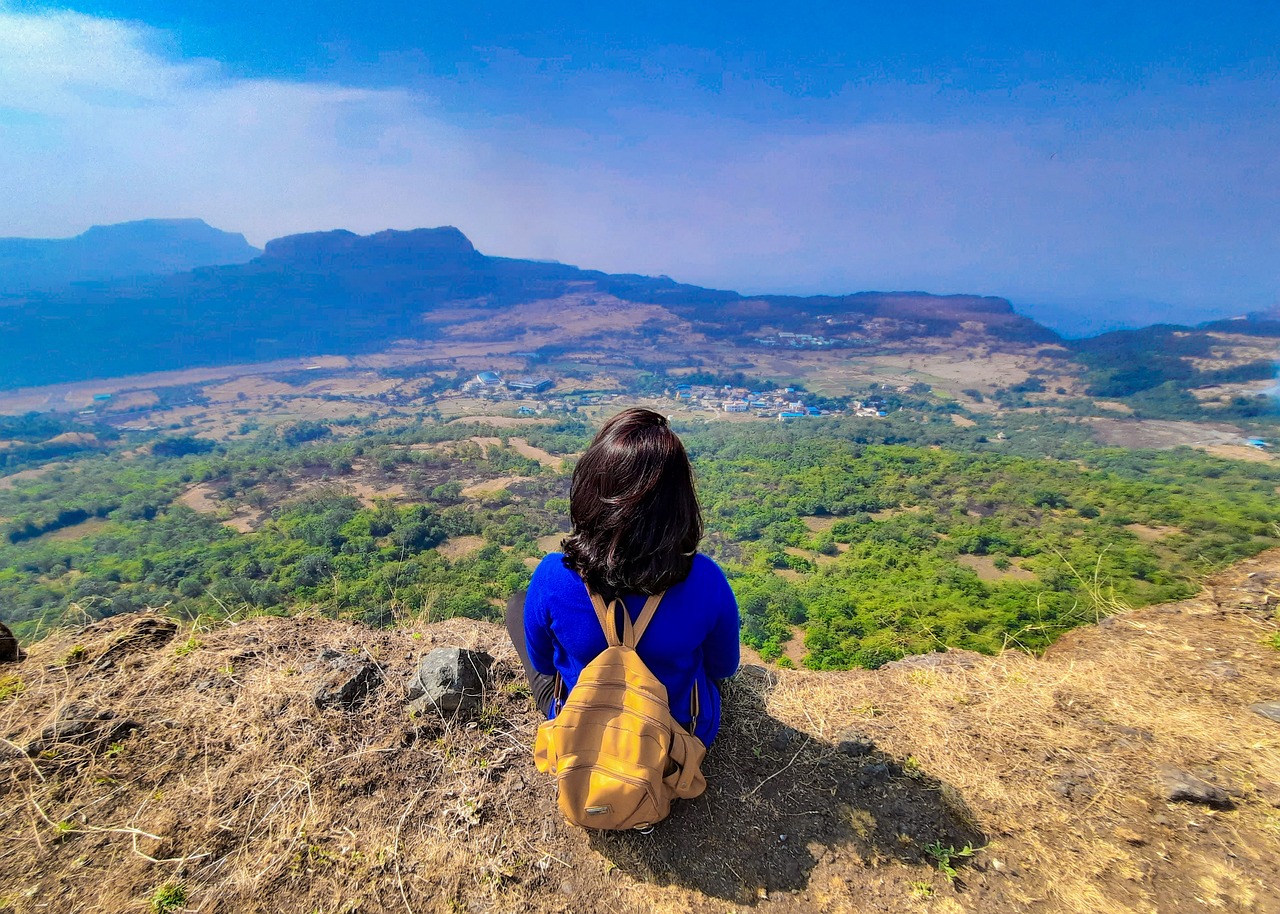
Stay Connected:
Stay connected with your loved ones and inform them of your whereabouts. Keep your phone and other communication devices fully charged and carry a portable charger. Invest in a satellite phone if you’re trekking in remote areas.
Trust Your Instincts:
Trust your instincts and be aware of your surroundings. Avoid trekking alone in the dark and stay on the designated trekking routes. Don’t trust strangers easily and be cautious of any suspicious behavior.
Seek Help:
Don’t hesitate to seek help if you encounter any problems during your trek. Inform your trekking agency or guide immediately if you feel unwell or need any assistance. Carry a whistle, pepper spray or any self-defense equipment for safety.
Best Treks for Female Solo Trekkers in the Himalayas
Hampta Pass Trek:
This moderate-level trek in Himachal Pradesh offers stunning views of snow-capped peaks, lush valleys, and remote villages.
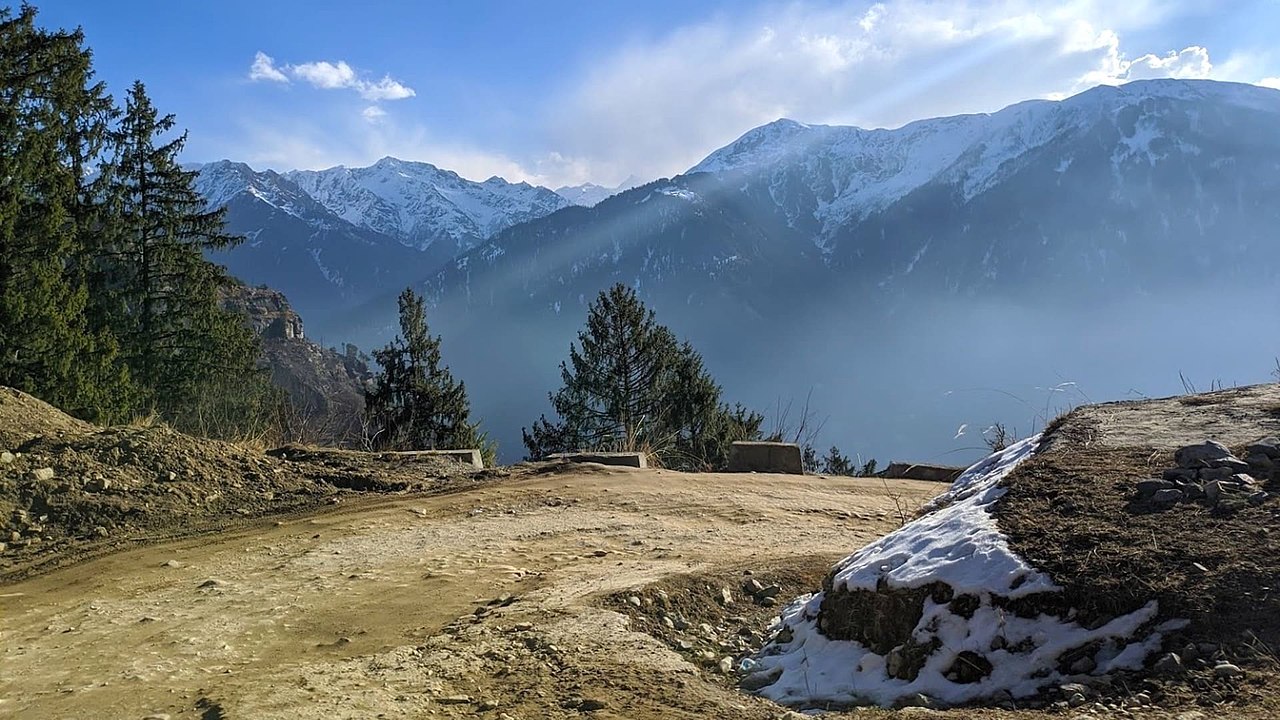
Kedarkantha Trek:
This easy-level trek in Uttarakhand takes you through dense forests, frozen lakes, and picturesque meadows.
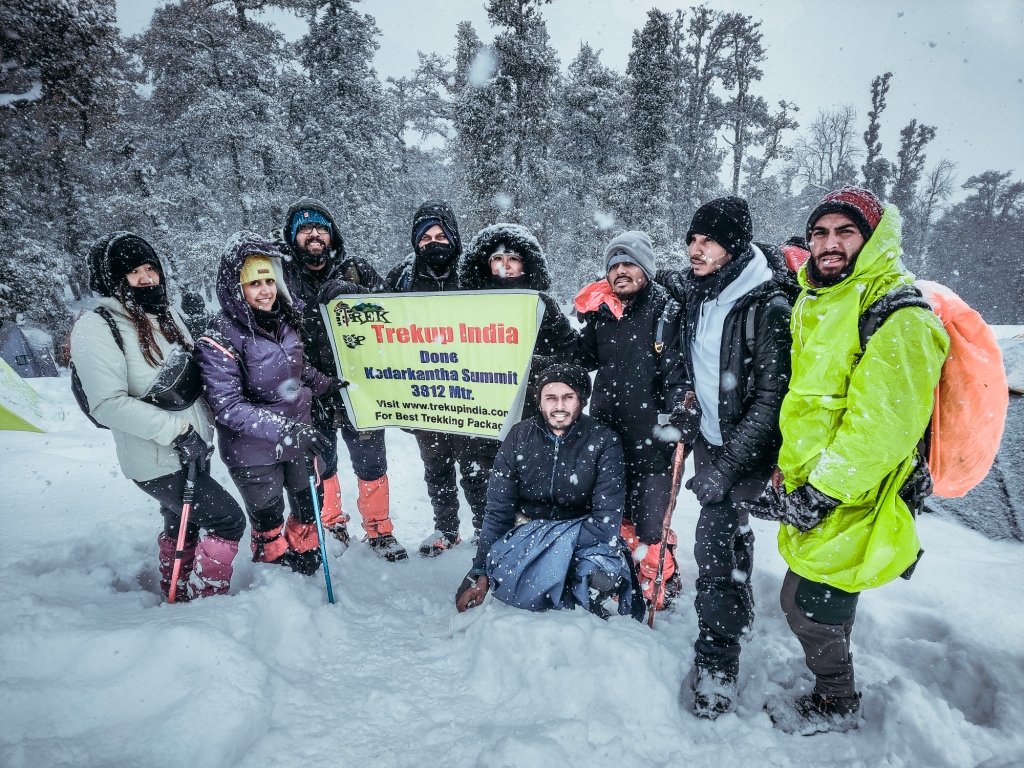
Goechala Trek:
This challenging trek in Sikkim offers breathtaking views of the Kanchenjunga range and takes you through pristine forests, rivers, and high-altitude lakes.
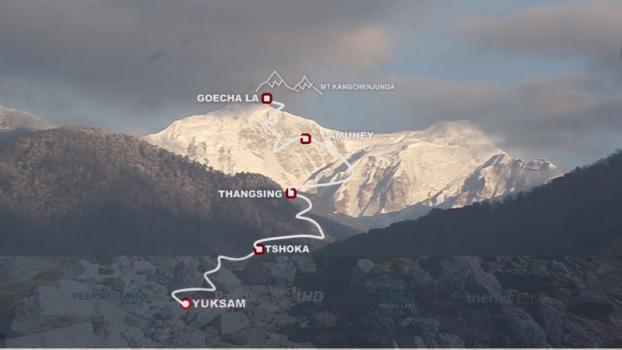
Annapurna Base Camp Trek:
This moderate-level trek in Nepal takes you to the base of the world’s 10th highest peak and offers stunning views of the Annapurna range.
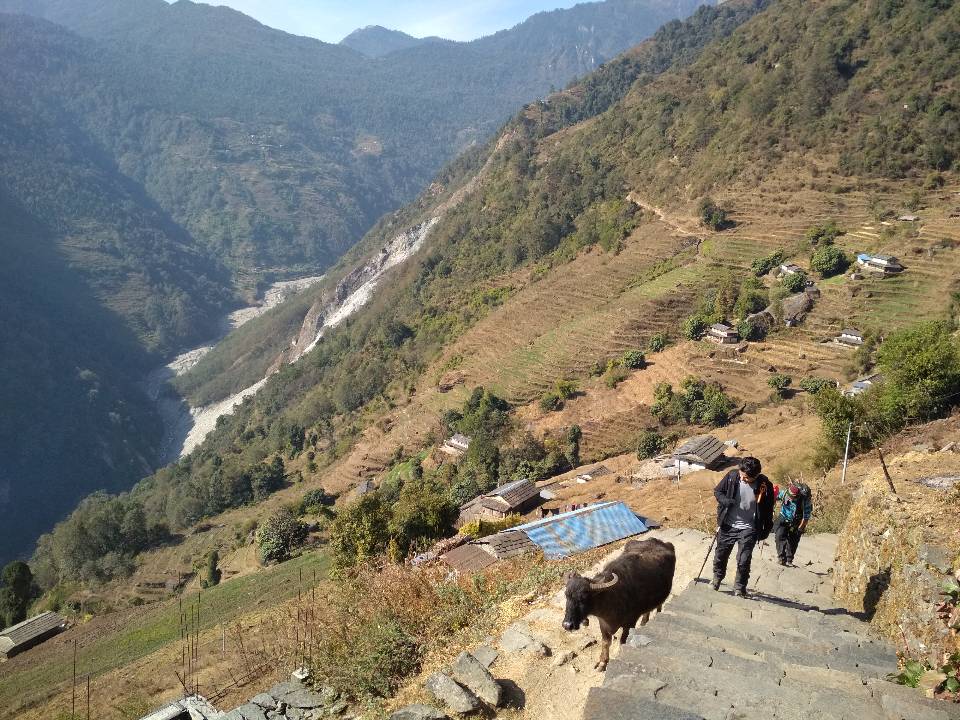
Chadar Trek:
This challenging trek in Ladakh takes you through the frozen Zanskar River and offers a unique experience of trekking on a frozen river.
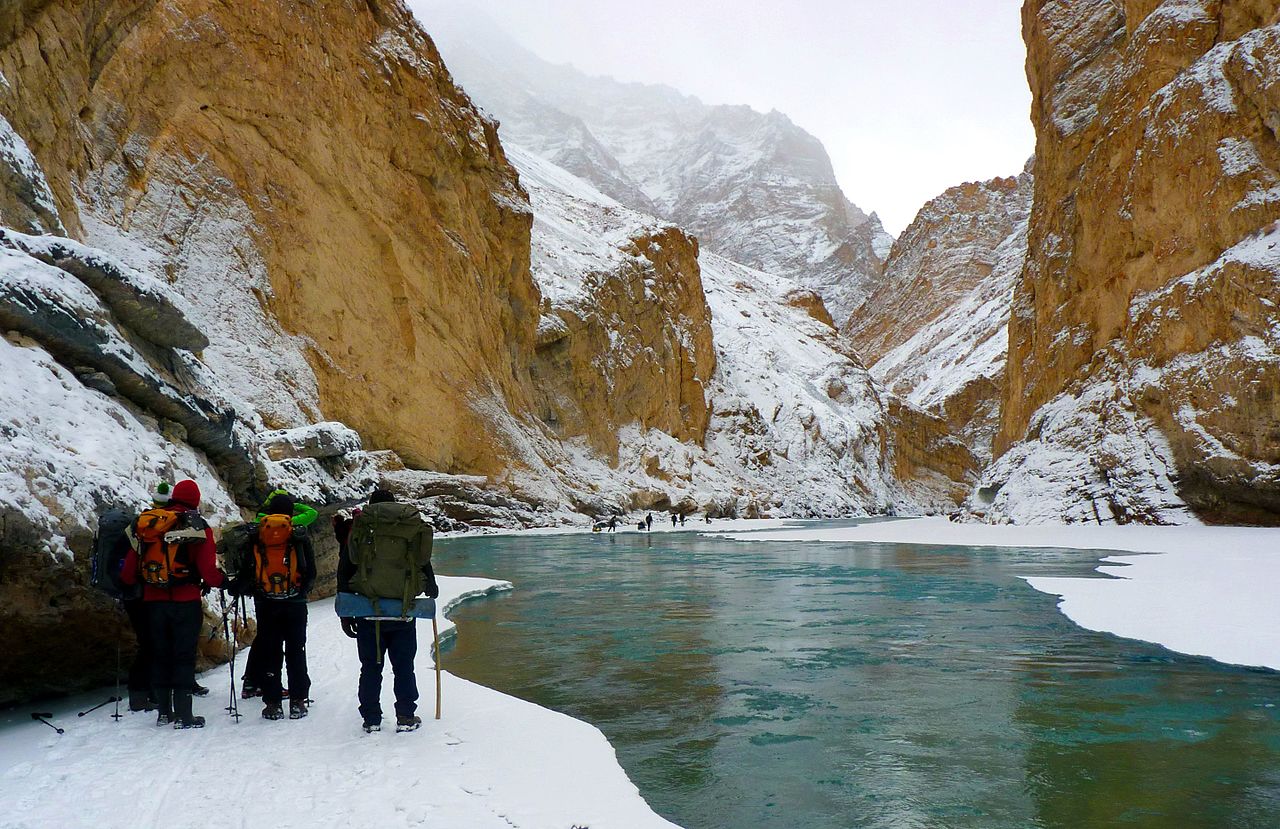
Accommodations and Restaurants
Most trekking routes in the Himalayas offer basic accommodation facilities in the form of tea houses or campsites. These facilities provide simple yet comfortable accommodation and meals. In addition, there are several budget and luxury hotels and restaurants in the nearby towns and cities.
Travel Tips
- Always carry a water bottle and stay hydrated
- Follow eco-friendly trekking practices and leave no trace of your presence
- Respect the local culture and customs
- Travel with a trusted and experienced trekking agency or guide
- Take adequate travel insurance
Trekking solo in the Himalayas can be a life-changing experience for female travelers. By following the above tips, choosing the right trek, and planning well, you can make your trekking journey safe, enjoyable, and memorable. Don’t let the fear hold you back, embrace the adventure, and explore the beautiful Himalayas.
Frequently Asked Questions (FAQs)
A: With proper planning, preparation, and guidance, it is safe for female solo trekkers to trek in the Himalayas. It is essential to choose the right trek, stay connected with loved ones, trust your instincts, and seek help when needed.
A: Choose a trek that matches your fitness level and experience. Research the route, weather conditions, and terrain thoroughly. Consult with experienced trekkers or trekking agencies for recommendations based on your preferences.
A: Pack light and carry essentials such as warm clothes, comfortable trekking shoes, a first-aid kit, a good quality sleeping bag, navigation tools, extra food, water bottle, and communication devices. Avoid overpacking to prevent unnecessary weight.
A: Keep your phone and other communication devices fully charged. Carry a portable charger or power bank. If trekking in remote areas, consider investing in a satellite phone for reliable communication.
A: Trust your instincts and be aware of your surroundings. Avoid trekking alone in the dark and stick to designated routes. If you encounter any problems or feel unwell, inform your trekking agency or guide immediately.
FAQs
A: Some recommended treks for female solo trekkers in the Himalayas are Hampta Pass Trek, Kedarkantha Trek, Goechala Trek, Annapurna Base Camp Trek, and Chadar Trek. These treks offer different levels of difficulty and stunning landscapes.
A: Most trekking routes in the Himalayas provide basic accommodation facilities in the form of tea houses or campsites. These facilities offer simple yet comfortable accommodation and meals. Nearby towns and cities also have budget and luxury hotels.
A: Keep your belongings secure and within reach at all times. Consider using a small lock for your backpack or invest in a lightweight, portable lock for extra security. Keep valuables like passport and money in a waterproof bag.
A: Respect the local culture and customs. Dress modestly, especially in religious areas. Seek permission before taking photographs of locals or religious sites. Follow eco-friendly trekking practices and avoid littering.
A: Yes, it is highly recommended to have travel insurance that covers trekking activities, medical emergencies, and evacuation if necessary. Ensure that your insurance policy is valid for the duration and altitude of your trek.
Leave a Reply